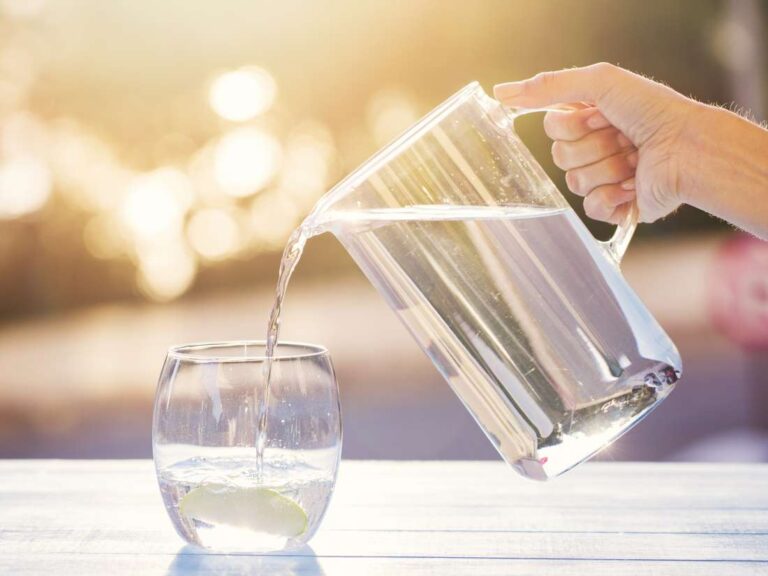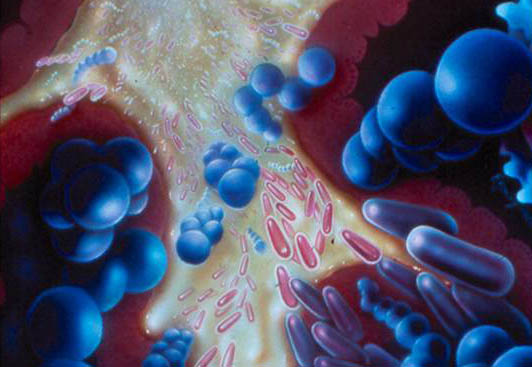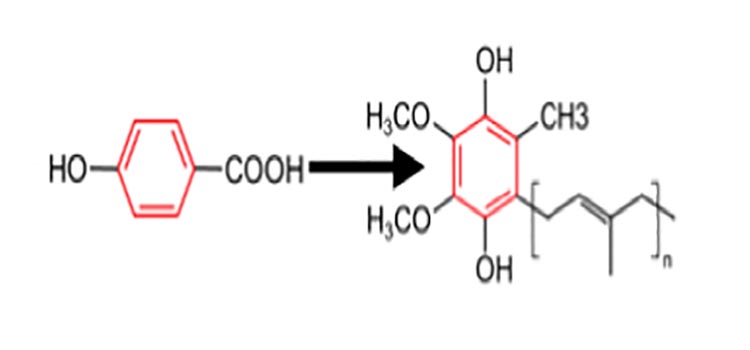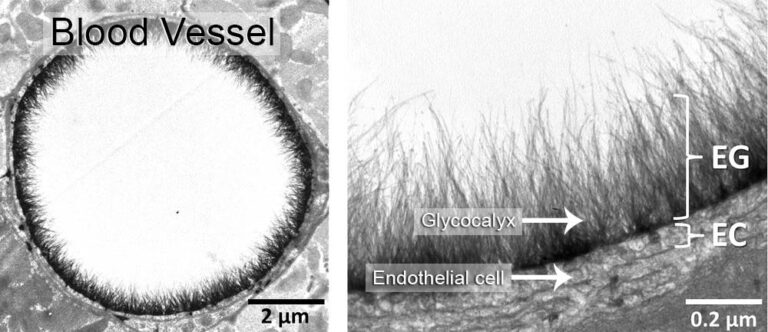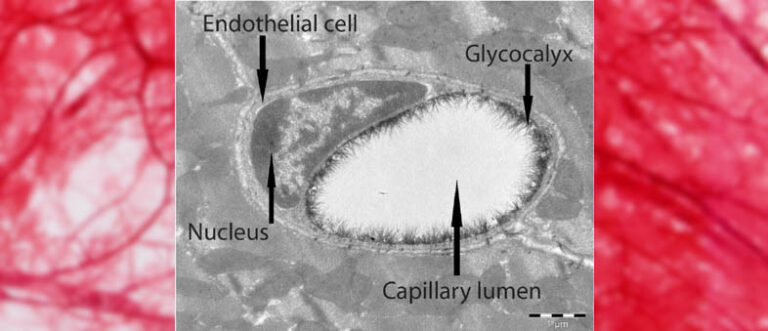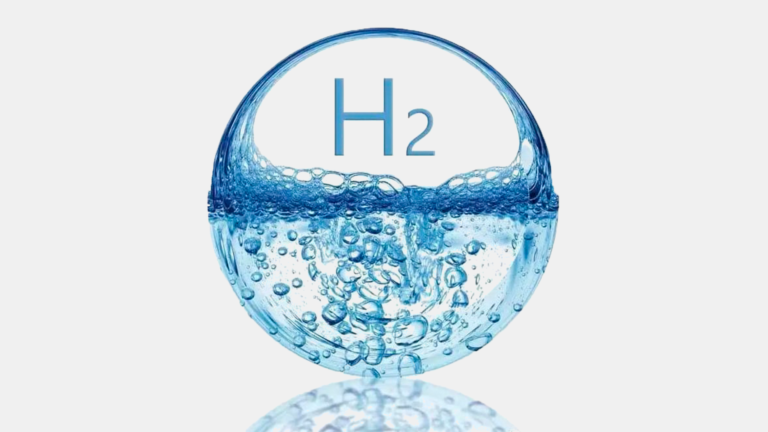
Hydrogen Acts as a Therapeutic Antioxidant
Hydrogen acts as a therapeutic antioxidant by selectively reducing cytotoxic oxygen radicals Oxidative stress arises from the strong cellular oxidizing potential of excess reactive oxygen species (ROS), or free radicals. Mostofthesuperoxide anion radical (O2) produced is generated in mitochondria by electron leakage from the electron transport chain and the Krebs cycle. O2 is also produced by metabolic oxidases, including NADPH oxidase and xanthine oxidase. Superoxide dismutase converts O2 into hydrogen peroxide (H2O2), which is detoxified into H2O by either glutathione peroxidase or catalase. Excess O2 reduces transition metal ions such as Fe3+ and Cu2+ (ref. 2), the reduced forms of


